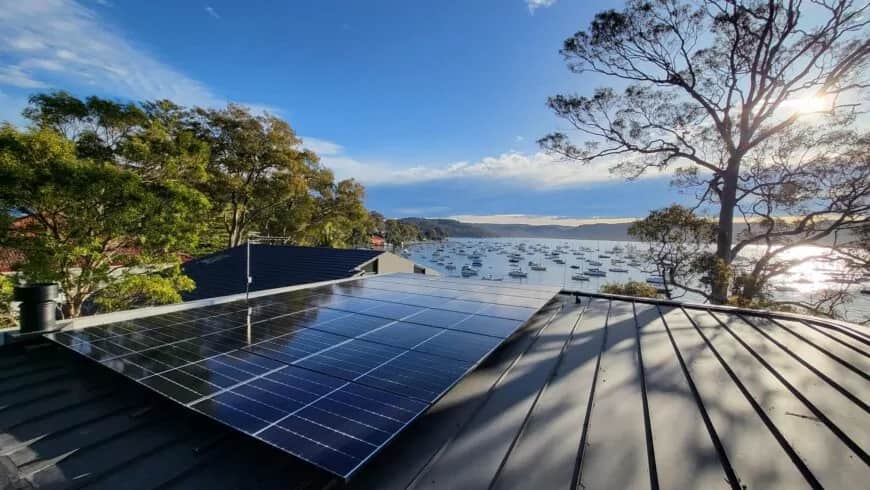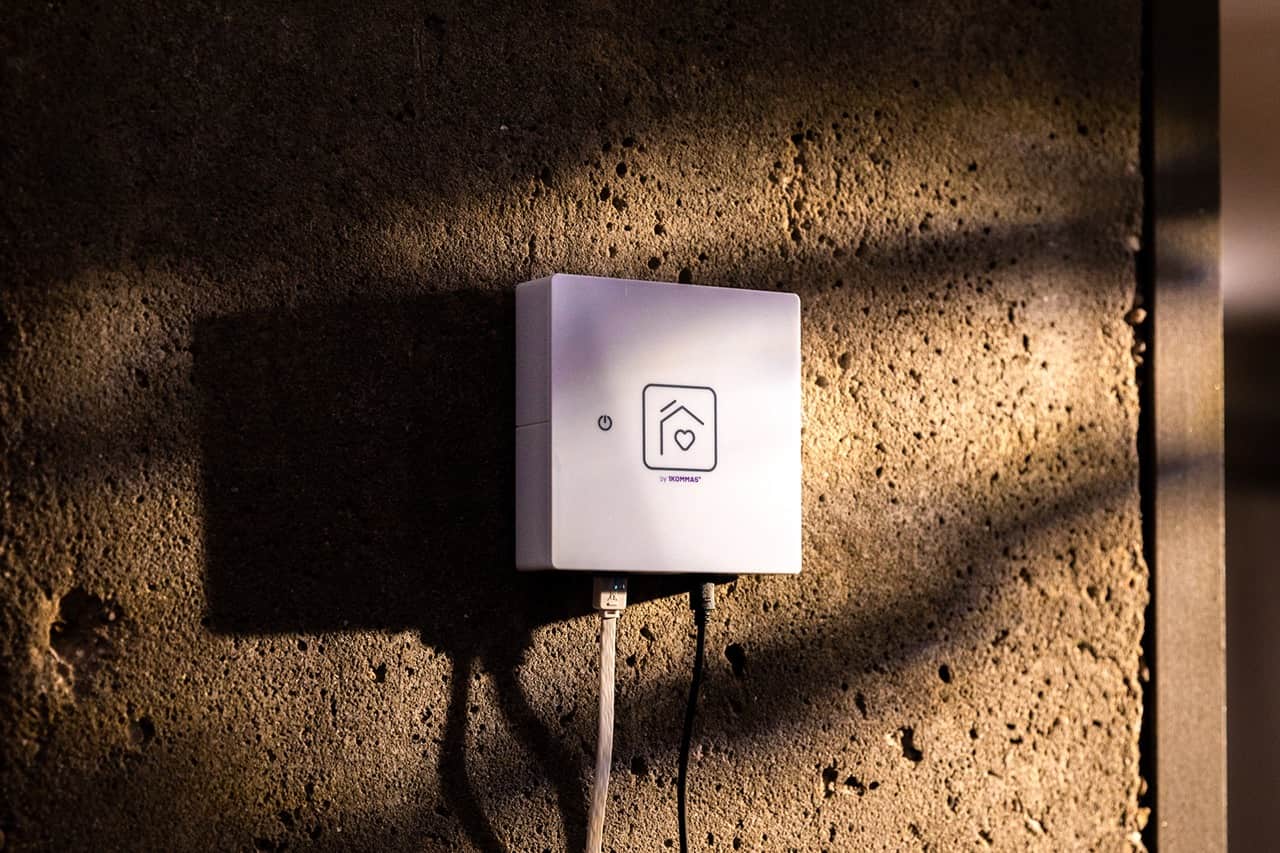
Get Solar Panels for Your Home in the Blue Mountains
Fight the Power Bill Surge
Quality and Hassle-Free Installation
The Future Of Energy is Coming
4.6
Based on 1.000+ Reviews
Why Choose 1KOMMA5° for Your Blue Mountains Solar Panel Installation
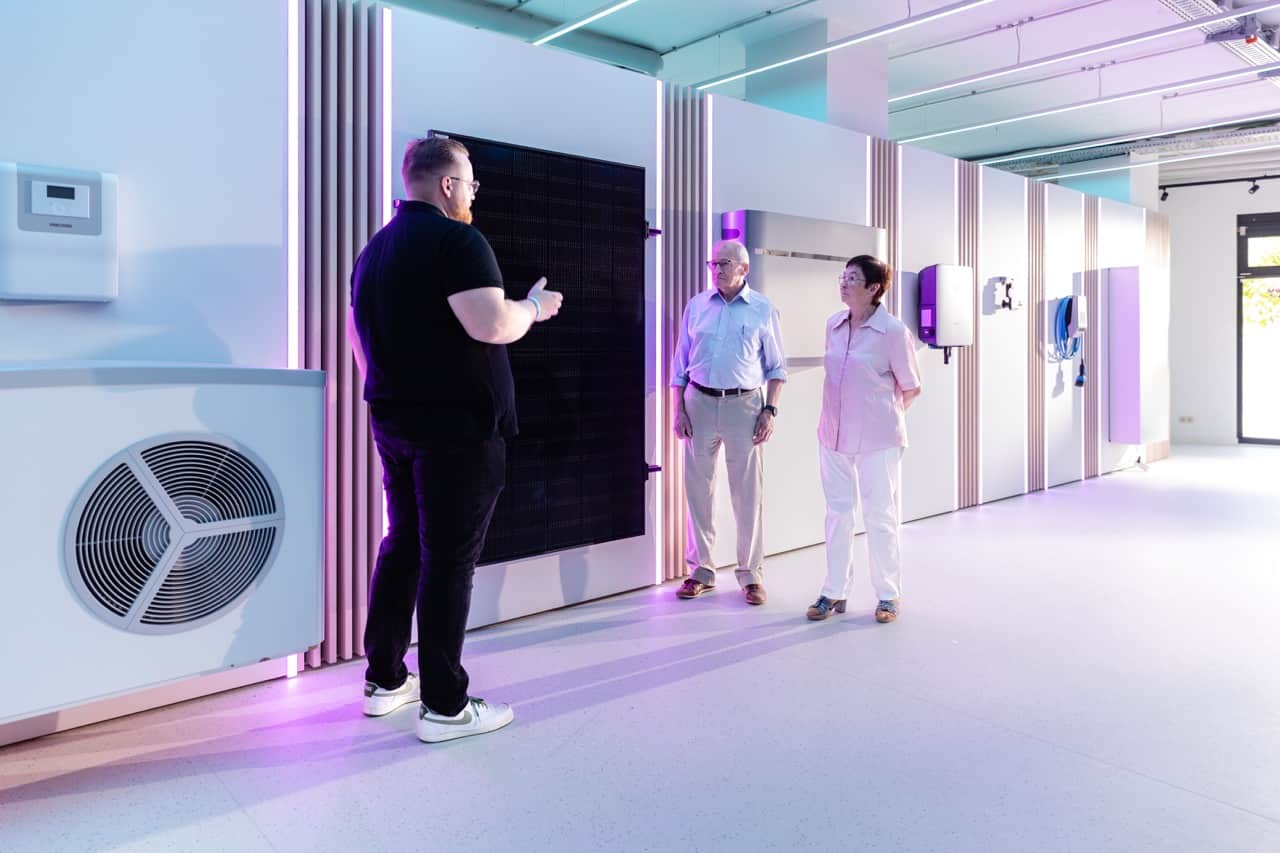
High-Quality Products
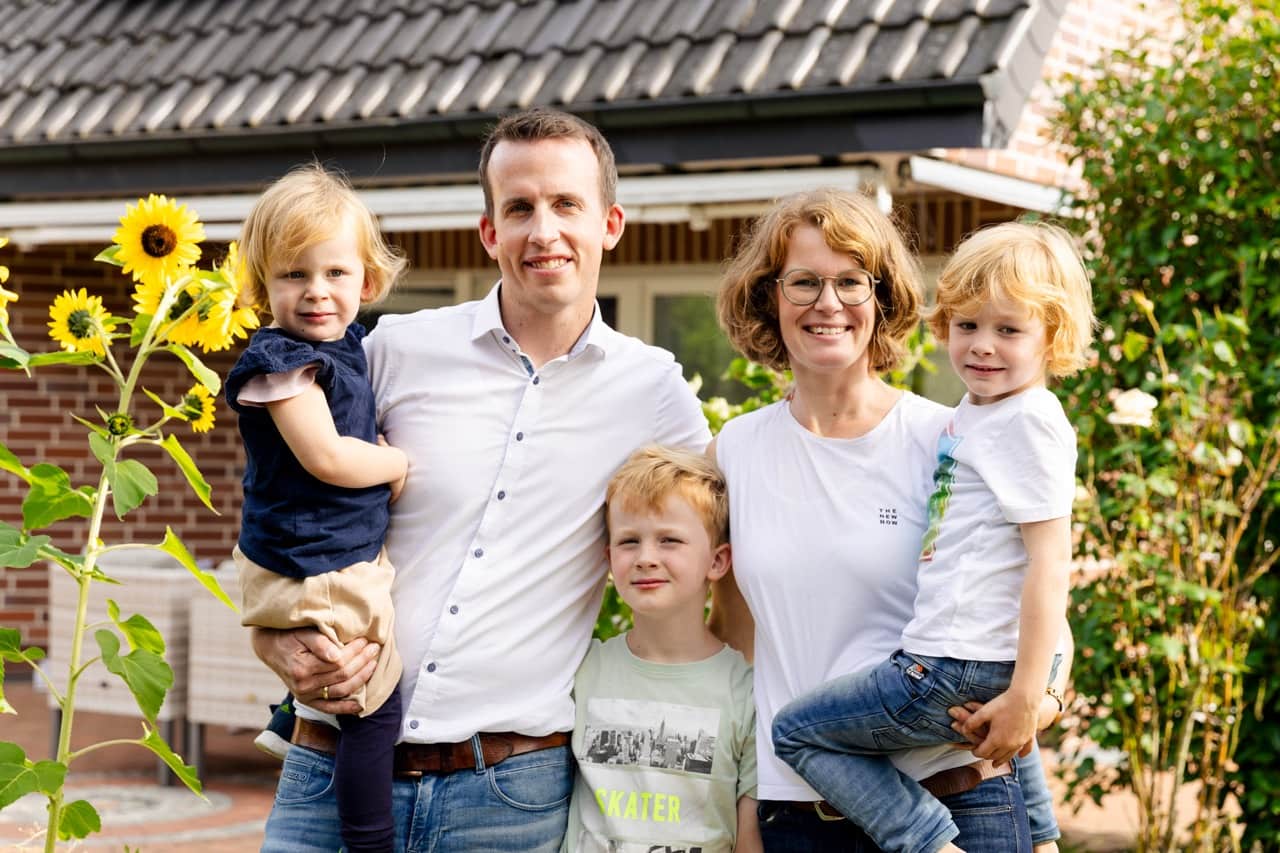
Industry-Leading Install Standards
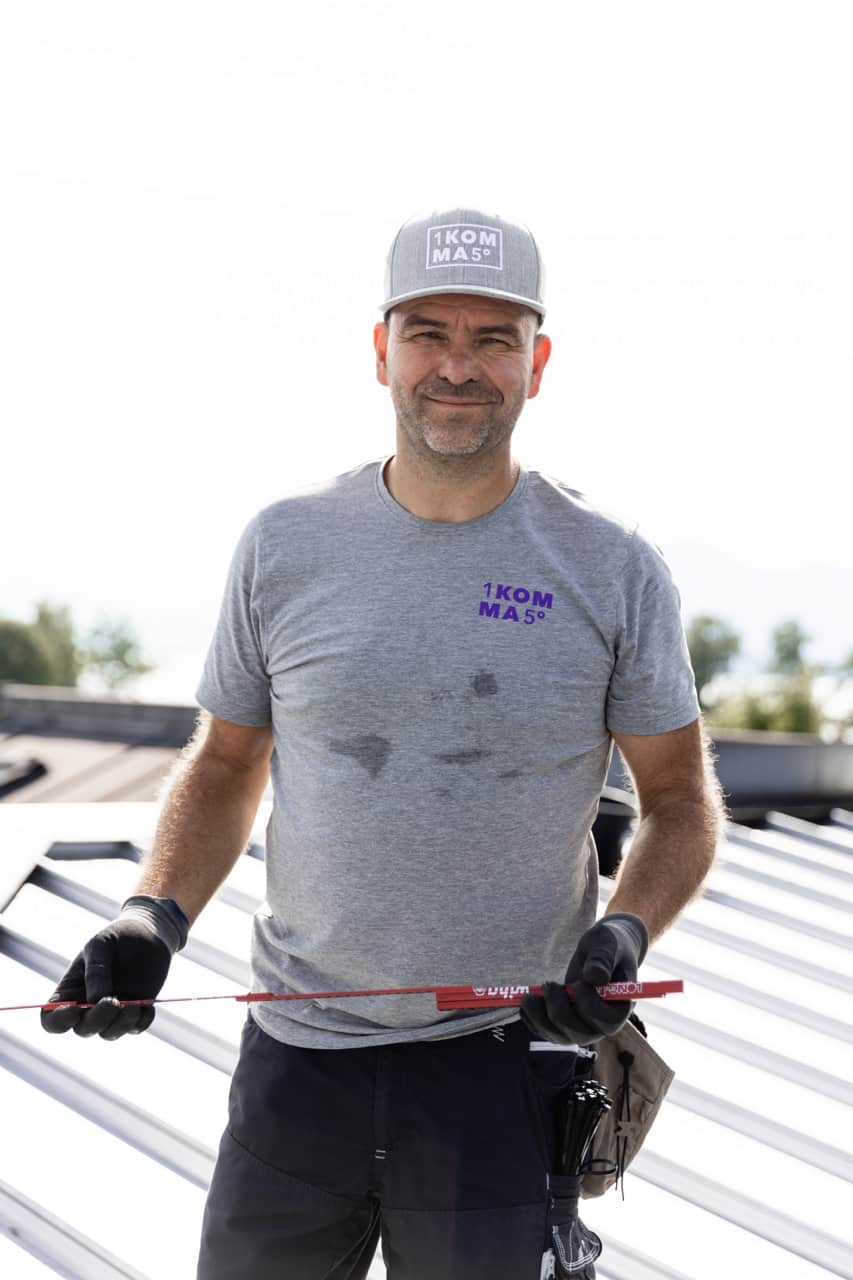
Reliable Customer Support
Join the 1KOMMA5° movement
Here's everything you need to know about installing solar panels in the Blue Mountains:

How much power do solar panels produce in the Blue Mountains?
How much do solar panels cost in the Blue Mountains?
What direction should my solar panels face in the Blue Mountains?

How many solar panels do I need in the Blue Mountains?
What are the best solar panels in the Blue Mountains?

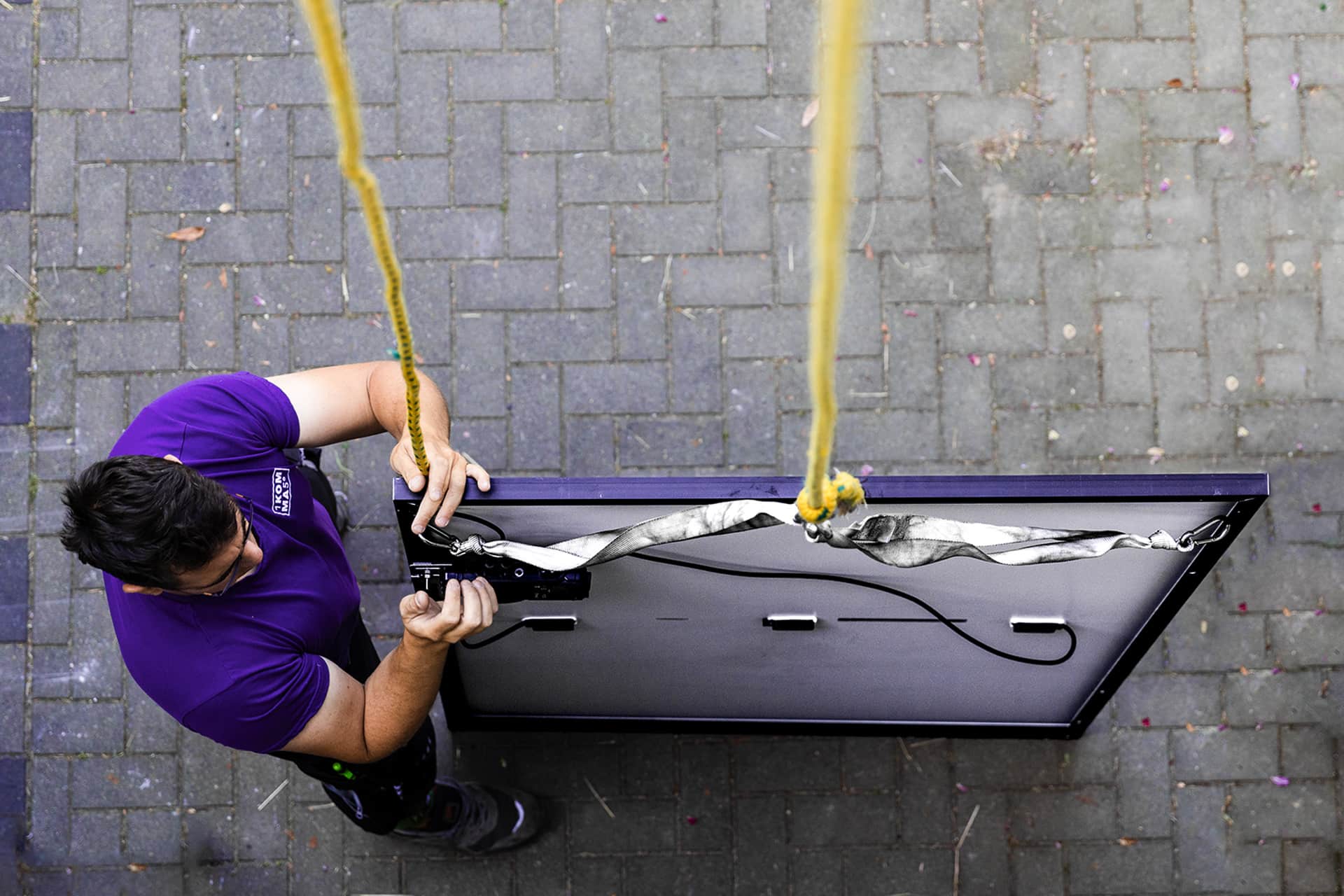
What solar panel rebates are available in the Blue Mountains?
How do I find a good solar panel installer in the Blue Mountains?
How long does it take for 1KOMMA5° Sydney to install my solar panels?
What are the benefits of solar panels in the Blue Mountains?
What to look out for when installing solar panels in the Blue Mountains?

Blue Mountains homeowners may be eligible for government solar rebates. Check if you qualify.
Pay For Solar Your Way
Your next steps towards a climate-neutral life:
We give you personalised advice and recommendations.
We install your solar system.
We stay as your energy partner.





